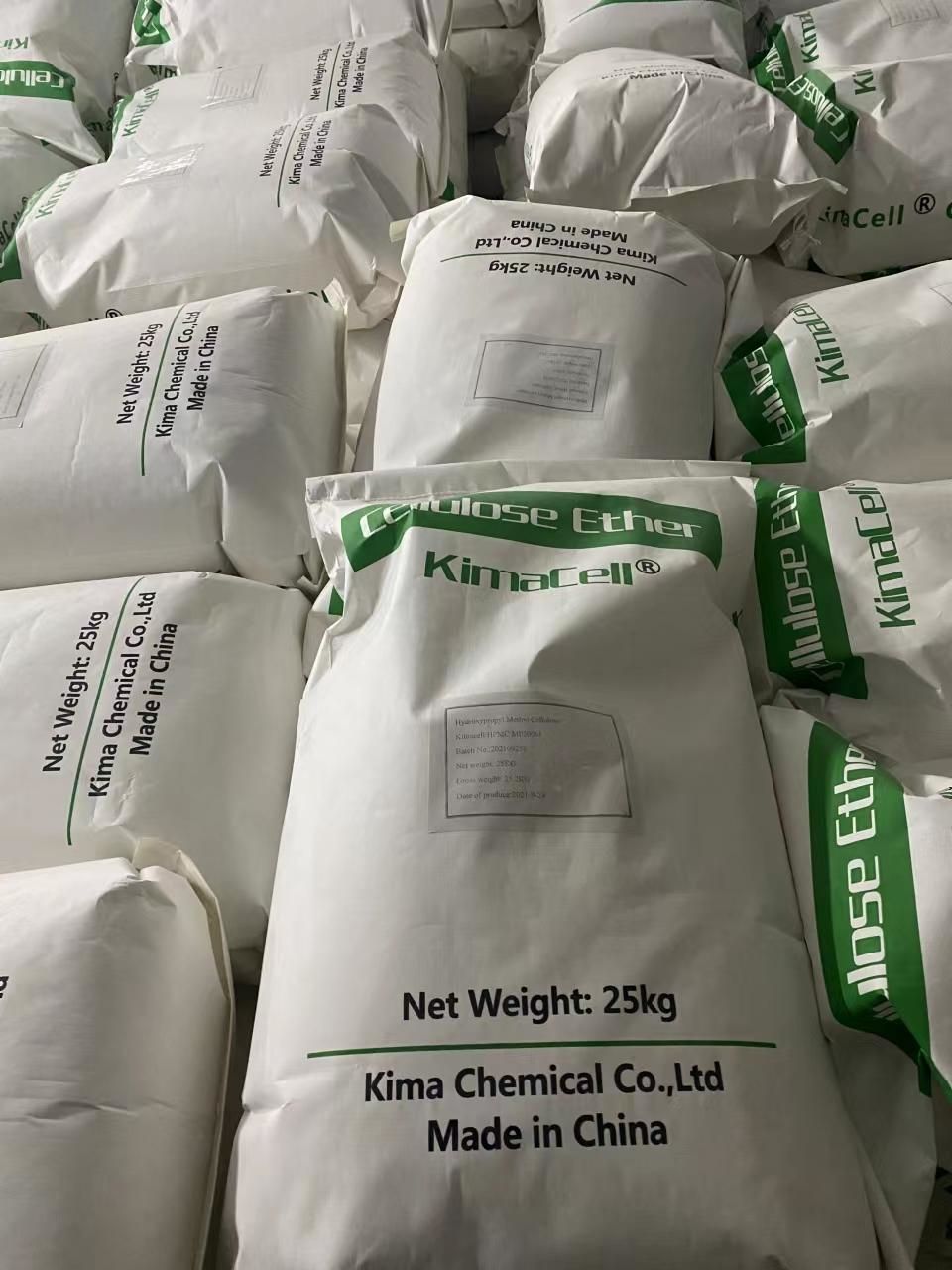Water retention and principle of HPMC cellulose ether
One of the primary functions of hydroxypropylmethylcellulose (HPMC) cellulose ethers is as a thickener and stabilizer in construction materials, food and personal care products. However, it also plays an important role in improving water retention in many applications, including tile adhesives, grouts and cement-based mortars.
Water retention is defined as the ability of a material to retain or retain added water. When a material doesn’t hold water, it can cause drying or cracking, which compromises its overall performance.
The principle of HPMC cellulose ether to improve water retention is based on its unique molecular structure. HPMC cellulose ether is a polysaccharide polymer composed of glucose units linked by β-(1,4)-glycosidic bonds. It also contains hydroxypropyl and methyl side groups, which give it water solubility and water retention properties.
When HPMC cellulose ether is added to cement-based mortar, its hydroxypropyl group will be adsorbed on the surface of cement particles. This creates a layer of water around the pellets, preventing them from drying out too quickly. At the same time, the methyl group provides steric hindrance, preventing cement particles from binding too tightly and forming a dense matrix. This allows water to be more easily distributed throughout the mortar, improving its workability, consistency and overall performance.
Water retention can be measured using a variety of methods, including suction testing and centrifugation testing. The suction test measures the amount of water a material can hold after being subjected to a vacuum. The centrifuge test measures the amount of water a material can retain after being subjected to centrifugal force. These tests help determine the effectiveness of HPMC cellulose ethers in improving water retention in specific applications.
In addition to improving water retention, HPMC cellulose ethers offer other benefits in construction materials and other applications. It improves the adhesion and reduces sagging of tile adhesives, improves the workability and bond strength of cement-based mortars, and improves the rheology and stability of paints and coatings.
In summary, HPMC cellulose ethers play a key role in enhancing water retention in building materials and many other applications. Its unique molecular structure and water solubility characteristics make it an effective water retention additive, bringing numerous benefits to the performance of the final product.
Post time: Jun-25-2023

